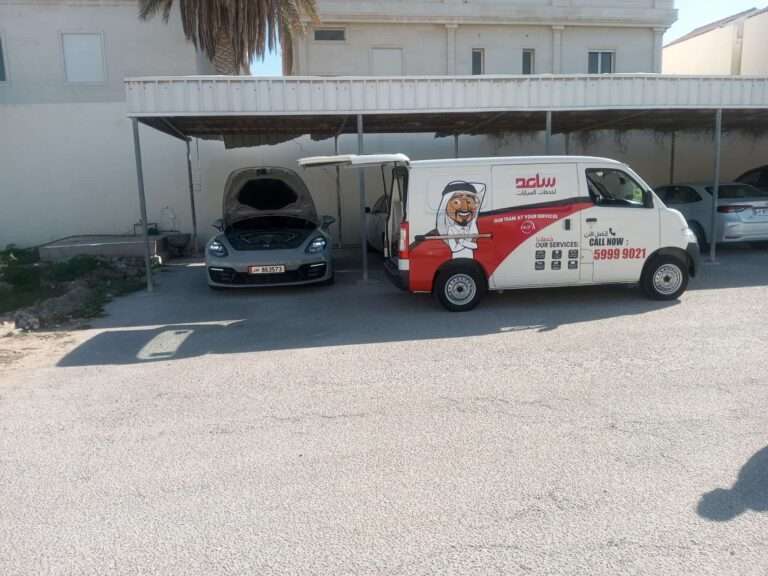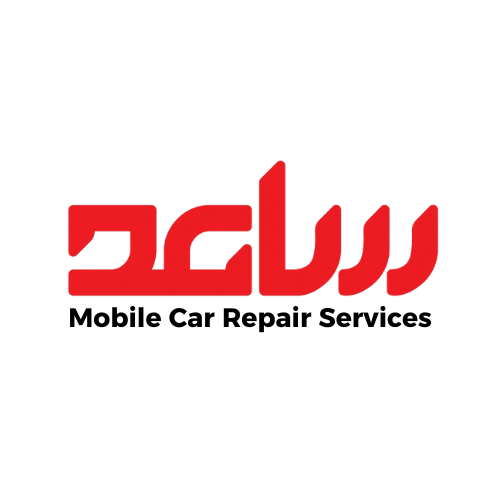How to Know If Your Alternator Is Bad or Battery (Especially in Qatar's Heat)
Your car won’t start.
You try the key — nothing. Maybe a click. Maybe the lights flicker. Maybe it started yesterday, but today it’s dead again.
Now you’re wondering: is it the battery or the alternator?
And if you’re in Qatar, there’s one more villain in the story: the heat. That heat crushes batteries and fries alternators faster than you can say “jumpstart.”
So let’s break this down — what’s failing, why it’s failing, and how to fix it — with zero fluff, just the facts.
The Real Problem: Qatar’s Heat Destroys Car Electrics
In Doha, the summer heat hits 45°C and stays there. Your engine is cooking. Your AC is running on full blast. Every minute you drive, your car’s electrical system is under pressure.
And here’s what that does:
Your battery loses water → Shorter life
Your alternator overheats → Fails early
Sand and dust clog vents → Poor cooling
More AC usage = more electrical demand → Your alternator works overtime
If your car’s not starting, dying mid-drive, or acting weird, it’s probably one of these two:
Dead battery
Failing alternator
But how do you know which one’s the problem?

Quick Answer: Battery vs Alternator (How to Tell the Difference)
| SYMPTOM | LIKELY ISSUE |
|---|---|
| Car clicks but doesn’t start | Battery |
| Car starts after jump but dies later | Alternator |
| Dashboard battery light is on | Alternator |
| Headlights flicker or dim while driving | Alternator |
| Electrical issues after a long drive | Alternator |
| Car dies while driving | Alternator |
| Car starts and runs fine after jump | Battery |
| Engine cranks slowly, especially in morning | Battery |
Simple rule:
Jumpstart works and car stays on = battery problem
Jumpstart works, but car dies soon = alternator problem
What Does the Alternator Actually Do?
Think of it like this:
Your battery starts the car.
Your alternator keeps it alive.
Once your engine is on, the alternator powers your car’s electronics — AC, lights, radio — and keeps the battery charged.
If the alternator dies, the battery has to power everything, and it’ll drain fast. That’s why your car might run for 5–10 minutes after a jump… then die again.

Why Alternators Fail in Qatar (Faster Than Anywhere Else)
Alternators are built to work in normal temperatures — not 47°C sandstorms. Here’s what kills them in Qatar:
Heat damage: Alternators have copper windings and sensitive diodes. They burn out under constant heat
Dust and sand: Gets inside and clogs vents. Poor airflow = poor cooling = overheating
Overuse: You’re running AC, charging phones, headlights, music — that’s a big load
Cheap aftermarket parts: A lot of grey-import cars in Qatar come with low-grade alternators
And once that alternator starts failing? You’re in trouble unless you fix it fast.
Signs Your Alternator Is Failing (Not the Battery)
Here’s what to look for:
Battery Warning Light
This one’s sneaky. It’s not always the battery. That battery symbol lights up when your alternator isn’t charging right.
Flickering or Dim Lights
Driving at night and your headlights dim when you slow down? That’s not a ghost — it’s a dying alternator.
Strange Noises
Whining or grinding noises under the hood? That could be the alternator bearings wearing out.
Car Dies While Driving
You’re going 80 on the expressway and the car just shuts down? That’s a classic alternator fail.
Electrical Malfunctions
Power windows stuttering, AC blowing weak, radio cutting off. Your alternator might not be powering them fully.

Don’t Guess — Test It
Here’s how you test your setup in your own garage or roadside.
Step 1: Jumpstart the Car
If it starts and stays running — your battery was weak
If it starts and then dies after 5–10 mins — your alternator isn’t charging
Step 2: Check Voltage (If You Have a Multimeter)
Battery off: Should read 12.6V
Engine running: Should read 13.7V – 14.7V
Anything under 13V when running = bad alternator
Still confused? Don’t risk it. Get it tested at a garage.
Book a checkup at Saaed Electrical Repair Services in Qatar

Common Mistakes People Make
Replacing the battery first – Total waste if the alternator is the real problem
Ignoring the battery light – That little red icon isn’t just for decoration
Using a cheap alternator – You’ll be back in the garage in 3 months
Jumpstarting over and over – That won’t fix the root cause
Real Cases From Qatar Garages
Doha Summer 2024: Over 60% of non-start breakdowns were due to alternator heat failure, not dead batteries
One garage reported 35 alternator replacements in a week during peak heat
Qataris and expats alike were burning through batteries every 1.5 years instead of the usual 3
Your alternator is your car’s power supply. When it’s weak, everything suffers.
Fixes: What You Can Do
DIY Checks (Before Going to the Garage)
Look for battery light on dashboard
Check headlight brightness while idling vs revving
Inspect belt tension (loose belt = undercharging alternator)
Feel for heat or smell under the hood
Professional Fix
Call your trusted mobile car repair service in Qatar. Ask them to come and do:
Alternator voltage test
Battery health check
Belt and pulley inspection
Check for dust buildup
Diagnostic scan
Need help?
Book an electrical check here: Saaed Auto Electrical Services
Related Reads (From Our Garage Blog)
FAQs
How long do alternators last in Qatar?
About 3–5 years if it’s a good OEM part. Cheaper ones? One to two years max, especially in summer.
Can a battery be fine but alternator still bad?
Yes. That’s most alternator cases. Battery holds a charge, but alternator stops charging it while driving.
Can you drive with a bad alternator?
Only for a short time. Eventually, your battery runs out of power and your car will die mid-drive.
What’s the cost of alternator repair in Qatar?
Anywhere from QAR 300 to QAR 1200, depending on part quality and labour.
Do I need a new battery too if alternator was bad?
Maybe. If the alternator killed your battery by overcharging or undercharging it, replace both.
Final Thoughts
If your car’s acting up — lights flickering, engine dying, won’t start in the morning — don’t just replace the battery.
You’ve got to figure out:
Is the alternator bad or the battery dead?
Because in Qatar, especially in this heat, chances are — it’s your alternator begging for help.Need help now?
Book a checkup at Saaed Electrical Services
Or visit Saaed Service to explore more services.
